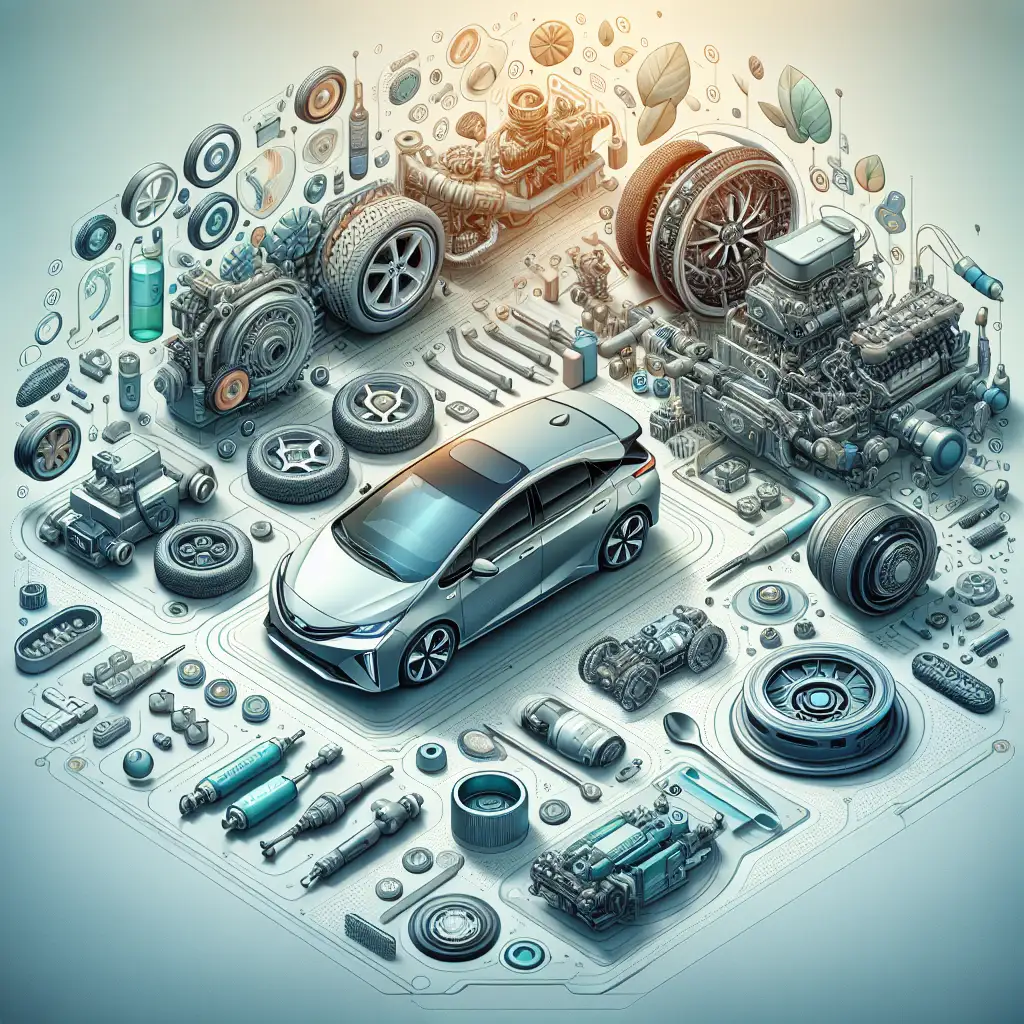Understanding Hybrid Technology: How It Works
A comprehensive guide to understanding how hybrid vehicles function and their benefits over traditional cars.

Hybrid vehicles have become increasingly popular as consumers seek more environmentally friendly and fuel-efficient options. This guide will help you understand how hybrid technology works and the benefits it offers over traditional gasoline-powered cars.
What is a Hybrid Vehicle?
A hybrid vehicle combines a conventional internal combustion engine (ICE) with an electric propulsion system. The primary goal of this combination is to achieve better fuel efficiency and reduce emissions compared to traditional vehicles.
How Hybrid Technology Works
Components of a Hybrid System
Hybrid vehicles typically consist of the following components:
- Internal Combustion Engine (ICE): The traditional engine that runs on gasoline or diesel.
- Electric Motor: Provides additional power to assist the ICE and can power the vehicle on its own at low speeds.
- Battery Pack: Stores energy for the electric motor. It is recharged through regenerative braking and the ICE.
- Power Control Unit: Manages the flow of electricity between the battery and the electric motor.
- Transmission: Transfers power from the engine and motor to the wheels.
Types of Hybrid Systems
There are several types of hybrid systems, each with its own method of operation:
- Parallel Hybrid: Both the ICE and electric motor can drive the vehicle simultaneously. This is the most common type of hybrid system.
- Series Hybrid: The electric motor is the sole source of propulsion, with the ICE acting as a generator to charge the battery.
- Plug-in Hybrid (PHEV): Similar to a parallel hybrid but with a larger battery that can be charged via an external power source, allowing for extended electric-only driving.
Benefits of Hybrid Vehicles
Fuel Efficiency
Hybrid vehicles are designed to maximize fuel efficiency. By using the electric motor to assist the ICE, hybrids can achieve significantly better mileage than traditional vehicles. This is especially beneficial in stop-and-go traffic where the electric motor can take over, reducing fuel consumption.
Reduced Emissions
Hybrids produce fewer emissions than conventional cars. The electric motor reduces the workload on the ICE, leading to lower emissions of harmful pollutants and greenhouse gases.
Regenerative Braking
One of the key features of hybrid technology is regenerative braking. This system captures energy that would otherwise be lost during braking and uses it to recharge the battery, improving overall efficiency.
Tax Incentives and Rebates
Many governments offer tax incentives and rebates for purchasing hybrid vehicles, making them a more attractive option financially.
Considerations When Buying a Hybrid
While hybrids offer many benefits, there are also some considerations to keep in mind:
- Initial Cost: Hybrids can be more expensive upfront compared to traditional vehicles, though this can be offset by fuel savings and incentives.
- Maintenance: While hybrids generally require less maintenance, the complexity of the technology can lead to higher repair costs if issues arise.
- Driving Habits: Hybrids are most beneficial for city driving with frequent stops and starts. Long highway drives may not see as much fuel efficiency improvement.
 CarChooser
CarChooser